Ingredients
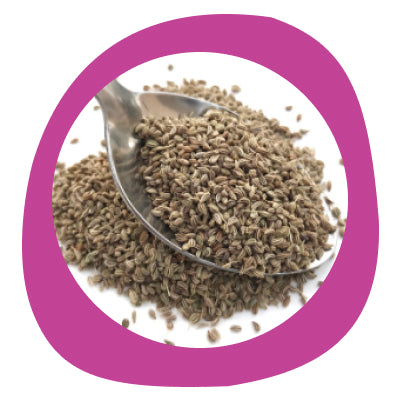
Ajwain (Carom seeds):
- Ajwain contains digestive enzymes which can help with indigestion, bloating, and gas.
- It is commonly used in traditional remedies for curing cold and respiratory issues. It has antimicrobial properties can help cure coughs and nasal congestion.
- It contains anti-inflammatory compounds that help reduce inflammation in the body and potentially provide relief from various inflammatory conditions.
- Ajwain contains essential oil that have antibacterial properties that may help in preventing the growth of harmful bacteria and promoting gut health.
- Enhances nutrient absorption, aids in digestion and also boosts metabolism and thereby contributes to effective weight managements.
Basmati Rice:
- Lower in arsenic: The major advantage of Basmati Rice is that it is lower in arsenic (a heavy metal which is known to potentially increase the risk of certain cancers, diabetes, and heart problems). Although brown rice is higher in fiber as compared to basmati rice, brown rice is known to have higher arsenic levels, since the arsenic accumulates in the outer bran layer
- Protein: Basmati rice has all eight essential amino acids. If combined with a lentil or legume, it would make a complete first-class plant-based protein
- Low in Fat: Supports heart health and weight management.
- Gluten-Free: Suitable for those with gluten sensitivities.
- Nutrient Source: Contains vitamins and minerals like thiamine and selenium.


Bay Leaves:
- Digestive Aid: Can help soothe digestive discomfort and bloating.
- Antioxidant Properties: Contain compounds that protect cells from oxidative stress.
- Respiratory Health: May aid in relieving respiratory congestion and symptoms.
- Anti-Inflammatory: Can contribute to reducing inflammation in the body.
- Flavor Enhancer: Adds depth and aroma to dishes.
Green Beans:
- Fiber Content: Supports digestive health and may aid in weight management.
- Vitamin K: Beneficial for bone health and blood clotting.
- Vitamin C: Contributes to immune system support and skin health.
- Antioxidant-rich: Contains compounds that protect cells from damage.
- Low Calorie: Suitable for those watching their calorie intake.

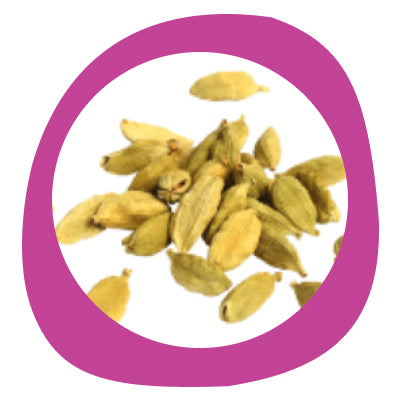
Cardamom:
- Digestive Support: Can alleviate digestive discomfort and bloating.
- Antioxidant Properties: May help protect cells from oxidative stress.
- Breath Freshener: Used traditionally to freshen breath.
- Anti-Inflammatory: Contains compounds that contribute to reducing inflammation.
- Aromatic Flavor: Adds a unique and delightful flavor to dishes.
Carrots:
- Rich in Beta-Carotene: Supports eye health and immune function.
- Fiber Content: Promotes digestive health and can aid in weight management.
- Vitamin A: Essential for skin health and vision.
- Antioxidant Properties: Contains compounds that protect against cell damage.
- Crunchy Snack: A convenient and nutritious option for snacking.
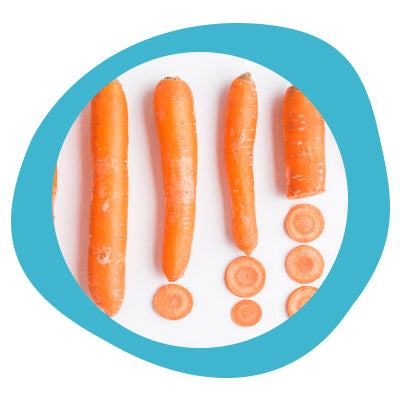
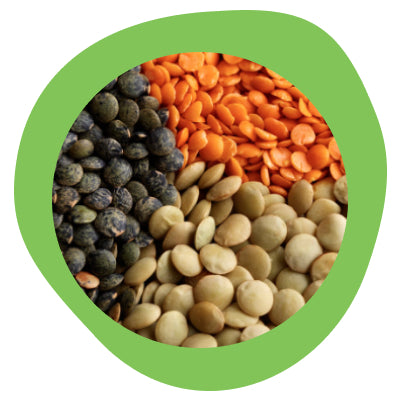
Lentils:
- Rich in Protein: A plant-based source of protein for muscle health.
- High Fiber: Supports digestion and helps maintain steady blood sugar levels.
- Iron Content: Provides essential iron for energy production and oxygen transport.
- B Vitamins: Contains vitamins like folate for overall health.
- Low Fat: Suitable for heart health and weight management.
Millet:
- Millet is highly nutritious, high in fiber and gluten-free
- Being high in insoluble fiber, aids in digestion.
- Rich source of Iron and folic acid: therefore helps in increasing hemoglobin levels in the blood
- Rich source of Calcium and Phosphorous: Supporting bone growth and development
- Low in glycemic index: GI level at 54 it is an excellent grain for diabetics and for weight loss


Mung Beans:
- Protein-Rich: Offers plant-based protein for muscle support.
- Nutrient-Dense: Contains vitamins and minerals like potassium and magnesium.
- Dietary Fiber: Supports digestive health and aids in feeling full.
- Antioxidant Properties: Contains compounds that protect cells from oxidative stress.
- Low Glycemic Index: Suitable for stable blood sugar levels.
Mustard:
- Antioxidant-rich: Contains compounds that protect cells from damage.
- Flavor Enhancer: Adds a distinct and tangy flavor to dishes.
- Anti-Inflammatory: May contribute to reducing inflammation in the body.
- Digestive Support: Traditionally used to aid digestion and reduce bloating.
- Vitamin C: Provides a boost to immune system health.
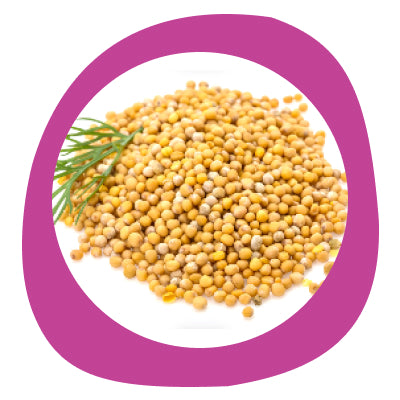
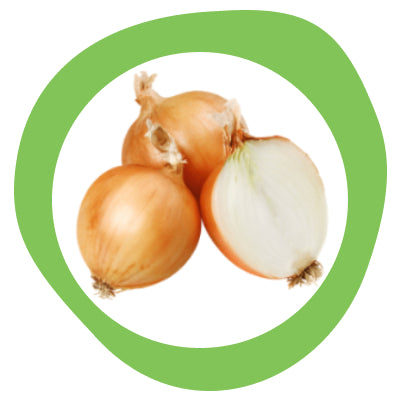
Onion:
- Antioxidant Properties: Contains quercetin, a powerful antioxidant.
- Immune Support: Vitamin C and other nutrients contribute to immune health.
- Flavor Base: Adds depth and richness to various dishes.
- Sulfur Compounds: May have potential health benefits, including anti-inflammatory effects.
- Low Calorie: Provides flavor and nutrition without excessive calories
Peas:
- Plant Protein: Provides a source of protein for muscle health.
- Dietary Fiber: Supports digestive health and helps maintain stable blood sugar levels.
- Vitamins and Minerals: Contains vitamins like vitamin K and minerals like iron.
- Antioxidant Properties: Contains compounds that protect cells from oxidative stress.
- Low in Fat: Suitable for heart health and weight management.
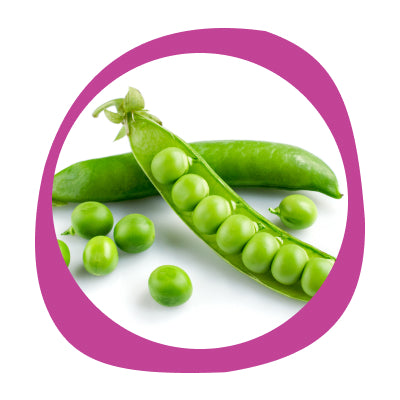
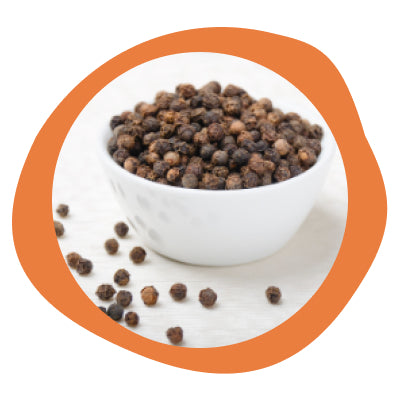
Pepper (Black):
- Vitamin C: Contributes to immune system health and collagen production.
- Antioxidant Properties: Contains compounds like capsaicin that may have protective effects.
- Flavor and Spice: Adds heat and depth of flavor to dishes.
- Digestive Health: May aid digestion and alleviate digestive discomfort.
- Potential Metabolism Boost: Capsaicin may help boost metabolism temporarily.
Potatoes:
- Complex Carbohydrates: Provides energy for the body.
- Fiber Content: Supports digestive health and helps you feel full.
- Vitamins and Minerals: Contains vitamin C, vitamin B6, and potassium.
- Versatile Ingredient: Suitable for various cooking methods and dishes.
- Source of Resistant Starch: Some types of potatoes contain resistant starch, which can have potential health benefits.
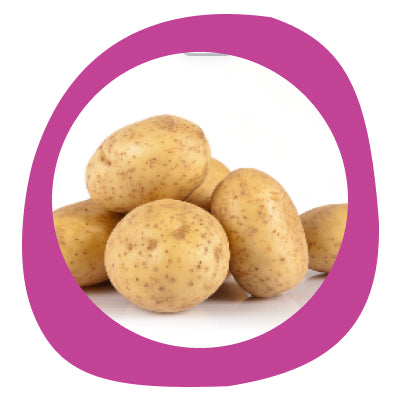

Pumpkin:
- Beta-Carotene: Supports eye health and immune function.
- Dietary Fiber: Promotes digestive health and helps maintain steady blood sugar levels.
- Vitamins and Minerals: Contains vitamin C, potassium, and magnesium.
- Antioxidant Properties: Contains compounds that protect cells from oxidative stress.
- Low Calorie: Provides nutrition without excessive calories.
Quinoa:
- Complete Protein: Provides all essential amino acids for muscle health.
- Complex Carbohydrates: Offers sustained energy and a feeling of fullness.
- Fiber Content: Supports digestive health and aids in weight management.
- Vitamins and Minerals: Contains vitamins like folate and minerals like magnesium.
- Gluten-Free and Nutrient-Dense: Suitable for various dietary needs.
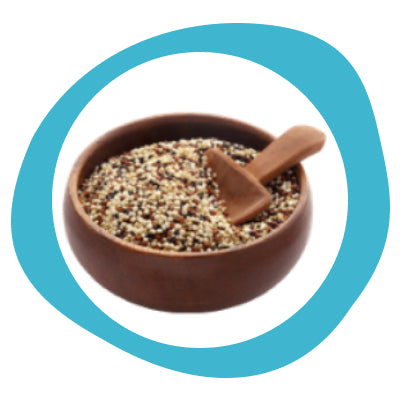
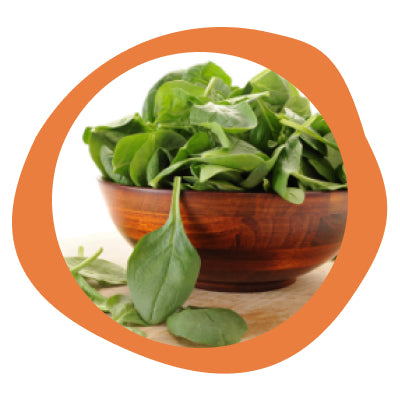
Spinach:
- Nutrient Powerhouse: Rich in vitamins A, C, and K, as well as minerals like iron.
- Antioxidant Properties: Contains compounds that protect cells from damage.
- Dietary Fiber: Supports digestive health and helps maintain stable blood sugar levels.
- Iron Absorption: Contains vitamin C, which enhances iron absorption.
- Versatile Ingredient: Suitable for salads, smoothies, and various dishes.
Sunflower Oil:
- Healthy Fats: Contains monounsaturated and polyunsaturated fats that support heart health.
- Vitamin E: Provides antioxidant protection for cells.
- Cooking Versatility: Suitable for various cooking methods, including sautéing and baking.
- Mild Flavor: Adds a neutral taste to dishes.
- Omega-6 Fatty Acids: Provides essential fatty acids for overall health.
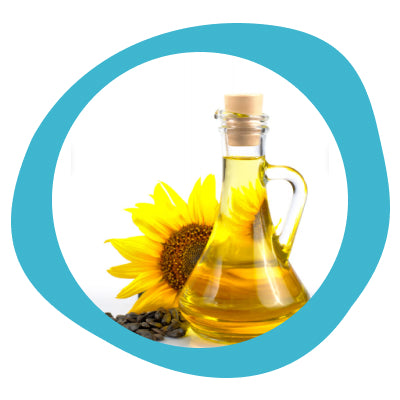

Sweet Potatoes:
- Beta-Carotene: Supports eye health and immune function.
- Dietary Fiber: Promotes digestive health and helps maintain steady blood sugar levels.
- Vitamins and Minerals: Contains vitamins A and C, and minerals like potassium.
- Antioxidant Properties: Contains compounds that protect cells from oxidative stress.
- Complex Carbohydrates: Offers sustained energy and a feeling of fullness.
Turmeric:
- Curcumin: Contains curcumin, a potent anti-inflammatory compound.
- Antioxidant Properties: May protect cells from oxidative stress and damage.
- Potential Health Benefits: Studied for its potential role in various health conditions.
- Anti-Inflammatory: Can contribute to reducing inflammation in the body.
- Culinary and Medicinal Use: Adds color, flavor, and potential health benefits to dishes.


Zucchini:
- Low Calorie: Provides nutrition without excessive calories.
- Dietary Fiber: Supports digestive health and aids in feeling
full. - Vitamins and Minerals: Contains vitamins like vitamin C and
minerals like potassium. - Hydration: High water content contributes to hydration and
feeling satisfied. - Versatile Ingredient: Suitable for various cooking methods
and dishes.
What is Khichdi (Kitchari) Lentil Bowls?
Khichdi is a simple and easily digestible porridge-like mixture of lentils and rice. Not only is it effortlessly digestible, but also, all our Khichdis are meticulously prepared in accordance with Ayurvedic principles. This not only enhances digestibility but also strengthens the immune system. Khichdi is frequently regarded as India's equivalent of "comfort food."
What makes our lentil bowls a "complete protein"?
A complete protein consists of all the 20 amino acids that the body needs. The body can synthesize 10 of these amino acids on its own. The other 10, called essential amino acids, cannot be made by the body, which means that we need to get them from the food we consume.
Animal proteins consist of all these 10 amino acids, making them complete proteins. However, for plant foods, we need to combine them to make a "complete protein".
Rice is low in amino acid lysine, but legumes and lentils are very high in lysine.
Lentils are low in amino acids like methionine, tryptophan, and cystine, but rice is high in all these three amino acids.
Hence, the combination of rice and lentils in our lentil bowls provides all the 10 essential amino acids, making them a complete protein.
What is Sprouting?
Sprouting is a natural process that involves germinating seeds, legumes, or grains until they develop young shoots. This process has been found to offer several potential health benefits due to the transformation of the nutritional content of the food.
How to Sprout?
What are the Benefits of Sprouting?
- Increases Bioavailability of Nutrients: Sprouting increases the concentration of vitamins, minerals, and make it easier for the body to absorb them.
- Improved Digestibility: Sprouting breaks down anti-nutrients such as phytic acid and enzyme inhibitors that can hinder the absorption of nutrients. This improves the digestibility of the sprouted food, allowing the body to better absorb the available nutrients.
- Antioxidant Boost: Sprouting increases the antioxidant activity of the grains. Antioxidants help protect cells from oxidative stress and reduce the risk of chronic diseases
- Enhanced Enzyme Activity: The sprouting process activates enzymes that can aid in digestion and nutrient absorption. Enzymes help break down complex carbohydrates, proteins, and fats into simpler forms that the body can utilize efficiently.
- Alkalizing Effect: Sprouting legumes, have an alkalizing effect on the body's pH levels. An alkaline environment may contribute to better overall health and reduced risk of chronic diseases
- Potential Anti-Inflammatory Effects: Sprouted foods may have anti-inflammatory properties due to their improved nutrient profile and decreased anti-nutrients.
Understanding Ayurveda
What is Ayurveda?
Ayurveda is one of the world's oldest holistic healing systems and originated in India more than 3000 years ago. It believes in the philosophy that health depends upon a delicate balance of harmony between mind, body, and spirit.
What are Dosha?
Our body is a composition of 5 elements, namely earth, water, fire, wind, and ether. The science of Ayurveda is about balancing these five elements in our body. Our body type is determined based on these elements. They are grouped together as pairs to determine a dosha or body type.
What are Tridosha?
"Tridosha defines the three fundamental energies or principles that govern the function of our bodies on the physical and emotional level. The three energies are known as vata, pitta, and kapha. Each individual has a unique balance of all three of these energies. Some people will be predominant in one, while others are a mixture of two or more." *
What are Vata?
The vata dosha is said to be made up of the air and ether elements. This means that it has qualities which are similar to these elements. Vata is very much like the wind--it is light, cool, dry, and mobile. In the body, those people with a vata nature experience more of these qualities. *
What are Pitta?
The pitta dosha is said to be made up of the fire and water elements. Fire is more predominant, and those people with a predominant pitta nature have many of the qualities of fire within them. Pitta tends to be hot, sharp, and penetrating. It is also somewhat volatile and oily. The oily nature of Pitta is related to the secondary component of water. People with a Pitta nature reflect these qualities. *
What are Kapha Dosha?
Within the kapha dosha, there is a predominance of the water and earth elements. Like these elements, kapha tends to be cool, moist, stable, and heavy. In the body, these qualities manifest as dense, heavy bones, lustrous supple skin, low metabolism, and large stocky frames.
Ref:http://www.ayurvedacollege.com/articles/drhalpern/Tridosha_Science_Ayurveda

